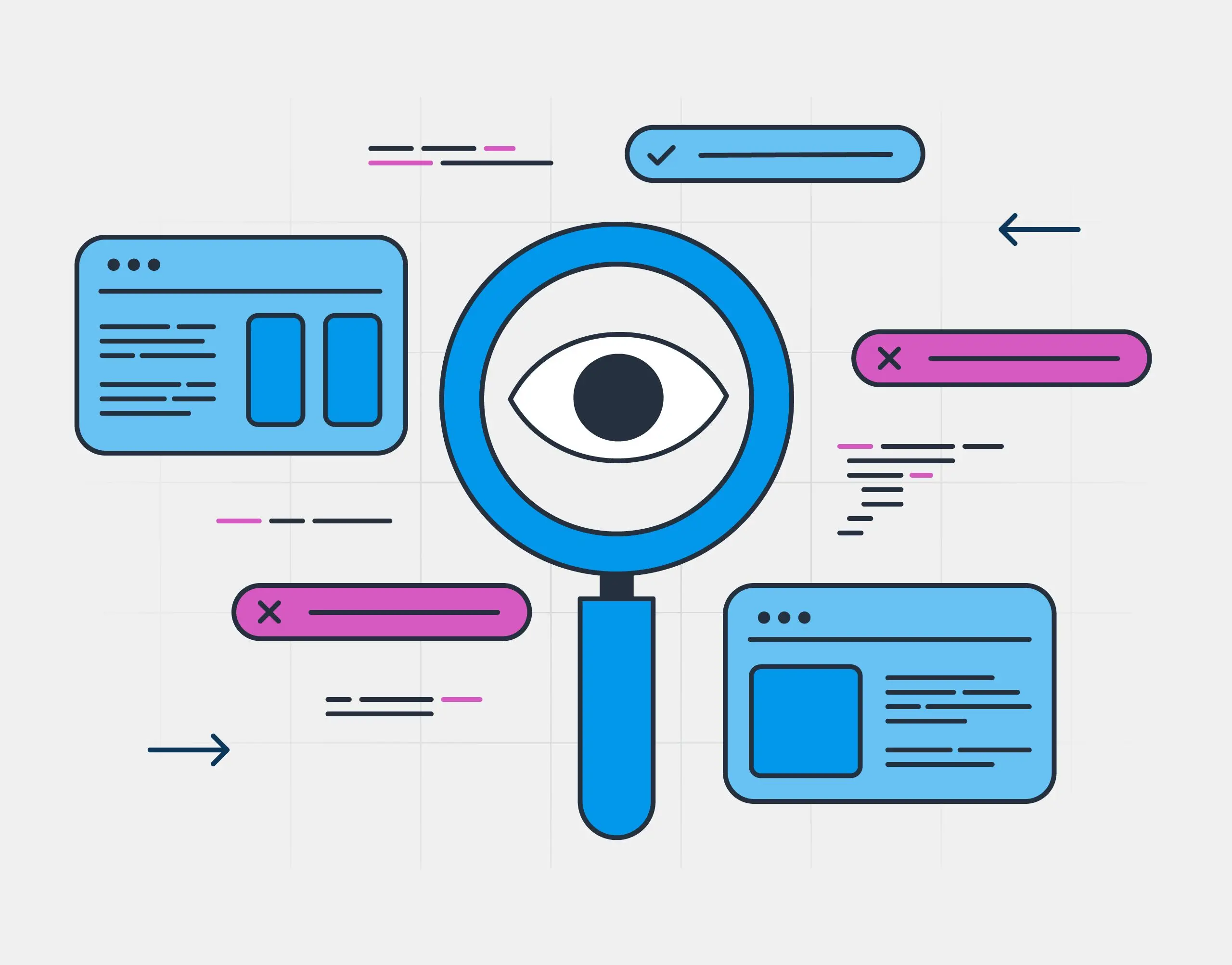Trust at First Prompt: The New Design Challenge of AI Interfaces
I work on enterprise products. For decades, these tools have followed the same pattern: invest time and money in learning our complex interface, and we'll reward you with mastery, granularity, and capability. Users would spend weeks, months, and sometimes years building mental models of how enterprise software works. And those steep learning curves weren't a bug, they were a feature: the vehicle for trust formation.



















